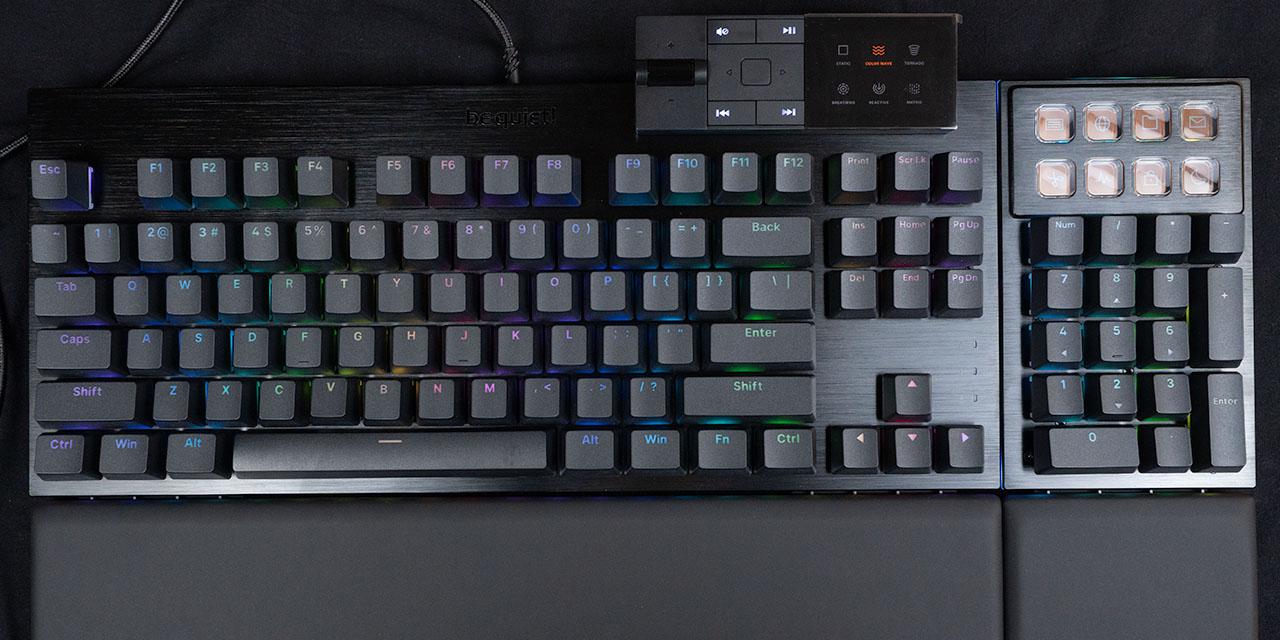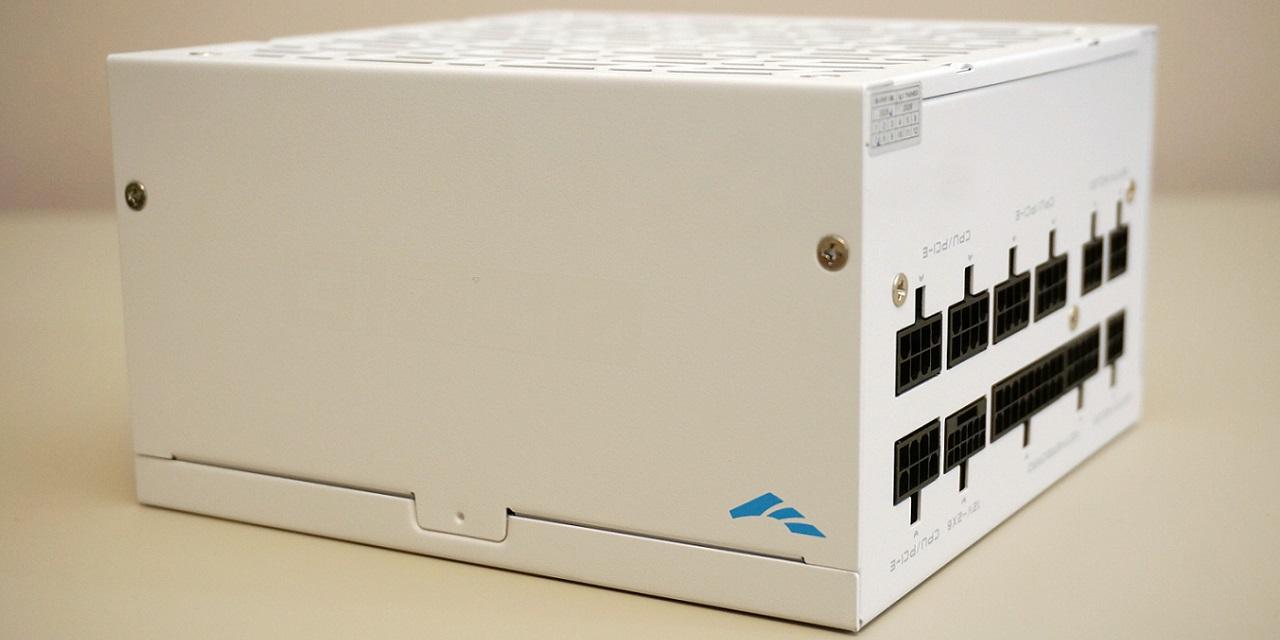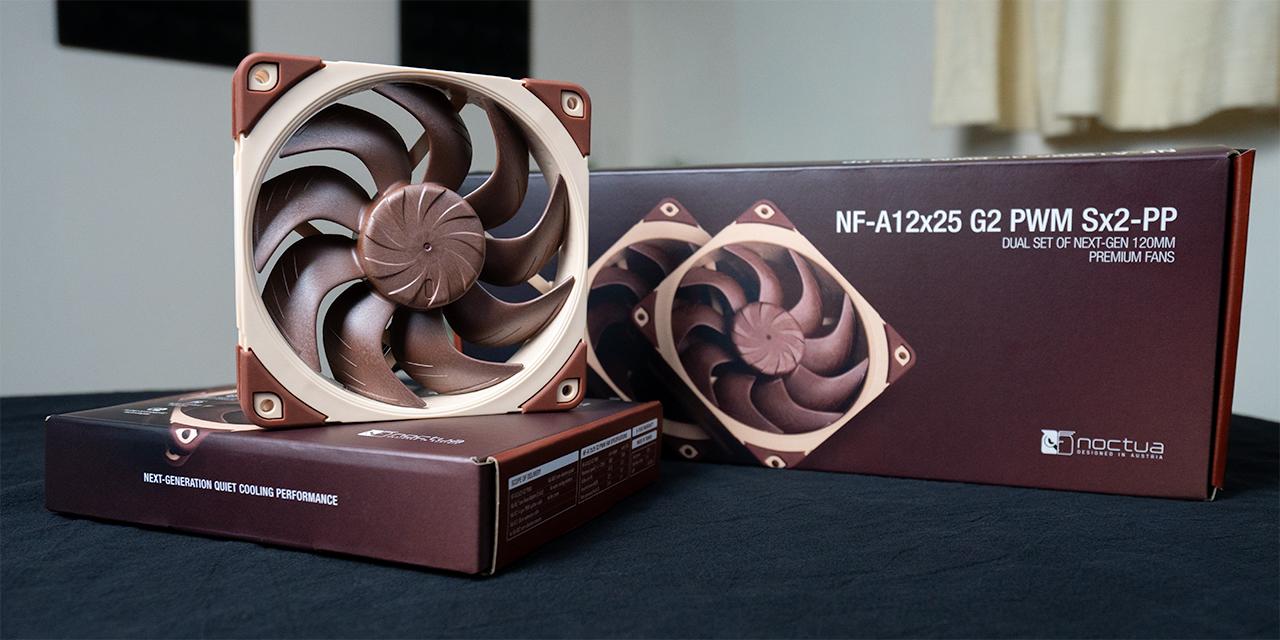From X-bit Labs: When Intel Corp. last quarter said that it would delay mass production of the next-generation code-named Broadwell microprocessors, it was expected that the new chips will become available only in late 2014. However, a new piece of information indicates that the world’s largest chipmaker may start to roll-out Broadwell chips as early as in the third quarter of 2014.
The decision to postpone mass production of Broadwell was conditioned not only by slow demand for personal computers in general and microprocessors in particular, but also by yields that were below Intel’s comfortable level.
“We continue to make progress with the industry's first 14nm manufacturing process and our second generation 3D transistors. Broadwell, the first product on 14nm is up and running as we demonstrated at Intel Developer Forum, last month. While we are comfortable with where we are at with yields, from a timing standpoint, we are about a quarter behind our projections. As a result, we are now planning to begin production in the first quarter of next year. It was simply a defect density issue,” said Brian Krzanich, chief executive officer of Intel, back in October.
Shortly after Intel made its official announcement, slides from the company’s roadmap made it to the Internet and revealed that the chip giant only plans to start rolling-out its mainstream Broadwell microprocessors for desktops and laptops only in late Q4 2014.
Nonetheless, according to KitGuru web-site, Intel will begin to introduce various chips based on the Broadwell micro-architecture starting from Q3 2014. In case the information about release of select Broadwell chips in the third quarter is correct, then the first actual products (mainboards, notebooks, desktops, etc.) featuring the new chips will show up at the forthcoming Computex Taipei 2014 trade-show in early June. As a result, it will be logical to expect them to arrive by back-to-school (BTS) season.
Intel’s forthcoming Broadwell micro-architecture resembles existing Haswell micro-architecture, but contains a number of tweaks aimed to improve performance and boost battery life. Since the new chips will be made using thinner process technology, it is logical to expect higher energy-efficiency and/or additional clock-speed potential.
Unfortunately, the roll-out of Broadwell is expected to be relatively slow and Intel’s main force for this year will continue to central processing units based on the Haswell micro-architecture, including those that belong to Haswell- refresh family.
View: Article @ Source Site





